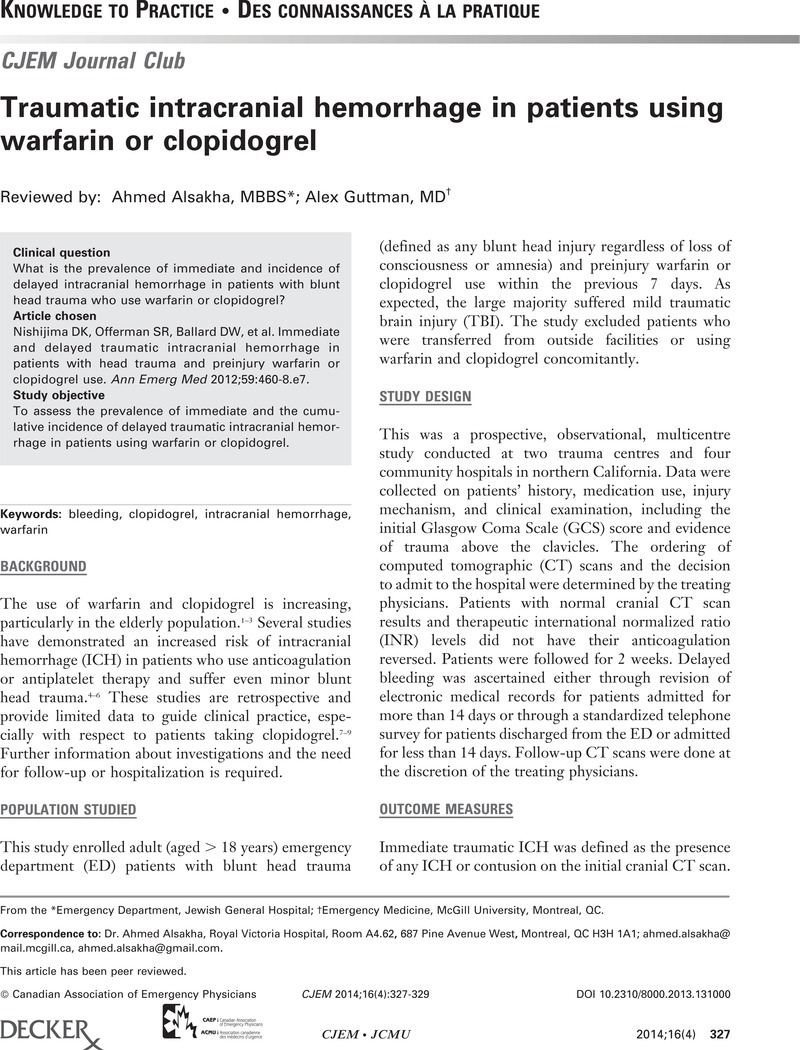11.
National Collaborative Centre for Acute Care and National Institute for Health and Clinical Excellence.
Head injury: triage, assessment, investigation and early management of head injury in infants, children, and adults. Available at:
(accessed February 24, 2012).
Google Scholar 